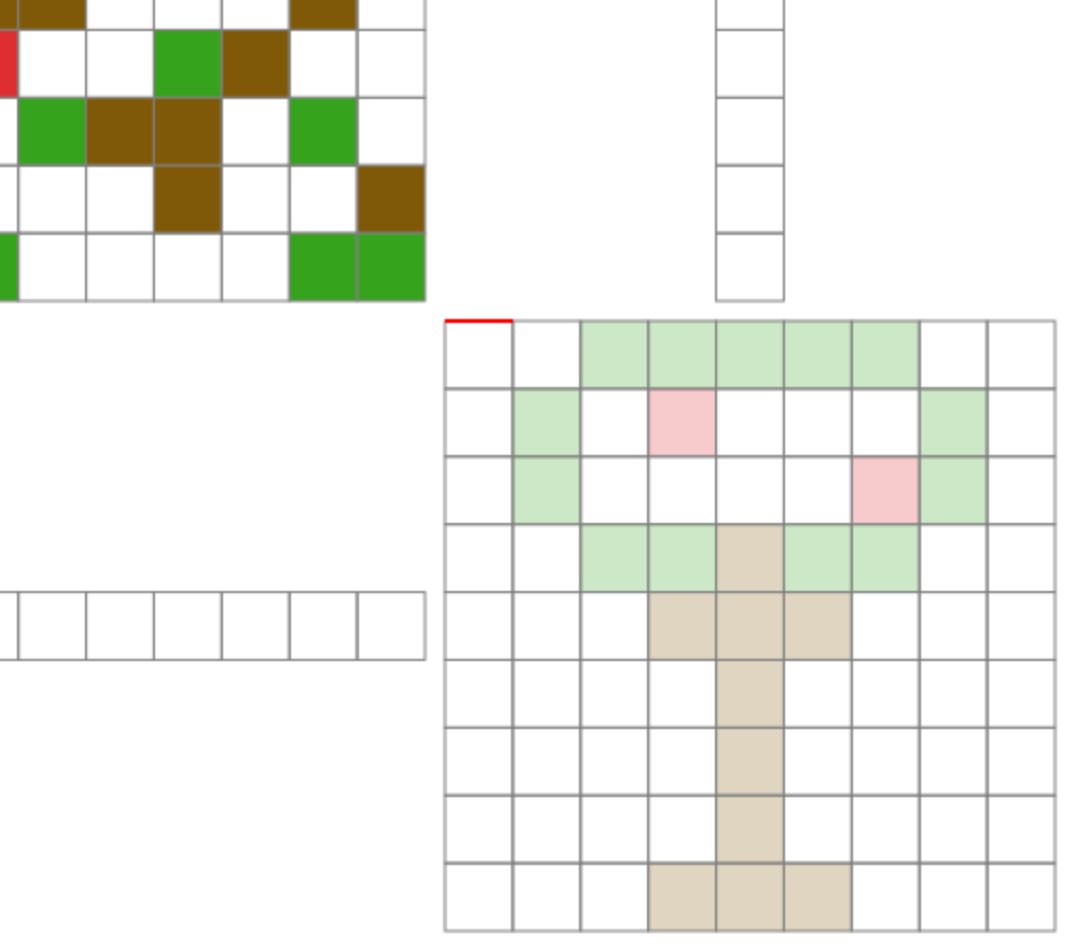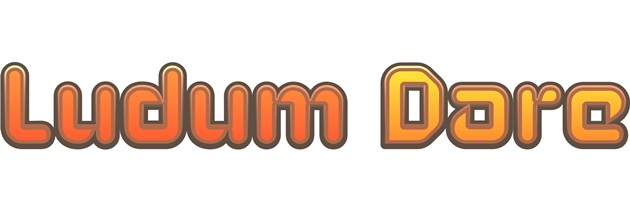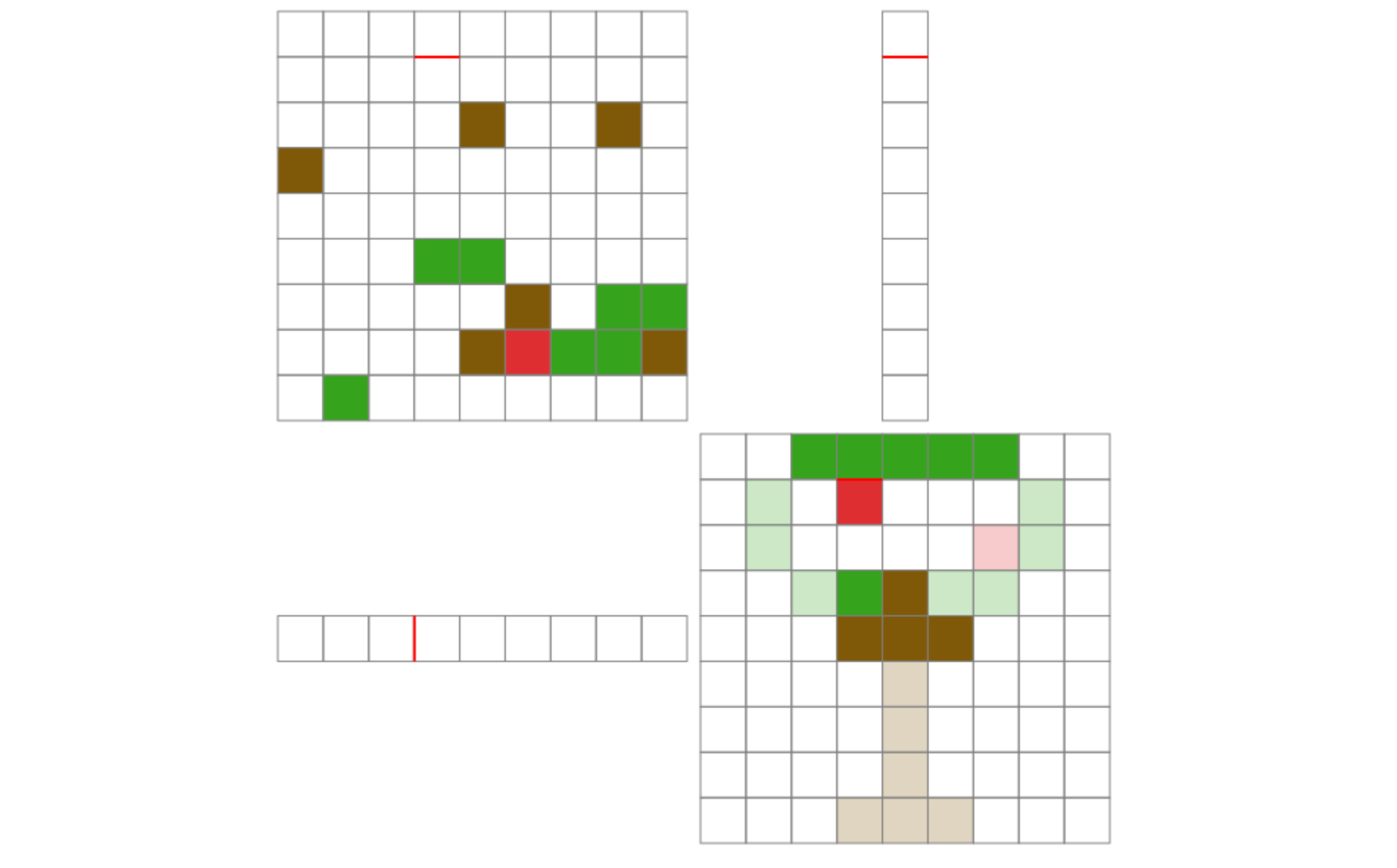A Cursor-y Attempt

In April 2016, I participated in my first-ever video game design competition: Ludum Dare. The experience of developing and publishing a video game from scratch within a 48-hour time frame (!) was exhilarating and enlightening, and I couldn’t wait to see how it turned out. Unfortunately, right before the results were announced, I conveniently boarded a plane to China, and subsequently completely forgot about the competition and my entry until returning to the US.
Of course, I am now a few months late sharing the experience (and results) here on the blog, but better late than never I suppose!
If you want to skip straight to where I talk about the game I made, just head here.

Ludum Dare: the Latin phrase roughly translates into “to give a game.” The Ludum Dare community is most well known for its “Accelerated Game Development Event” of the same name.
Participants in the Ludum Dare competition have 48 hours to design a game–from scratch–adhering to a theme announced at the beginning of the contest. Entries are judged and ranked in 7 categories, including audio, graphics, innovation, adherence to the theme, and so on.
This time, the theme was Shapeshift. I was one of 2,712 entries.
For anyone interested in further background about the rules, operations, or history of the Ludum Dare competition, feel free to check out the homepage or the rules.

A lot of information can already be found at the link above. So that players would not have to download anything (and could play the game regardless of their operating system), I opted to write a browser-based game in pure Javascript.
The basic idea is that you have a cursor that can be maneuvered around on a grid. Colored boxes are strewn about the grid as well, and whenever the cursor passes over a box, the box is “teleported” to another grid based on the direction that the cursor passed over the box.
So where does the theme “Shapeshift” come into play? Well, if you are able to shift the tiles into the shape of an apple tree, then you win the game!
If you haven’t already, go ahead and check it out at the link above. Don’t worry if you can’t complete the puzzle; what’s important is to get the experience of messing with it.
Here are the top games ranked by category.
If you click on innovation, and you scroll down to 6th place, you’ll find my entry!
I’m flabbergasted and humbled to have received such a fine rank considering this was my first attempt at such a competition. To be sure, you would be doing yourself quite a disservice if you didn’t go check out some of the other highly-ranked games; they are astonishing! Keep in mind that all of these entries were constructed from scratch in only 48 hours!
I certainly made many more mistakes during this competition than successes. For one, choosing not to use a game-creation engine or library was a terrible inconvenience to me. Furthermore, pure Javascript (of all inappropriate languages) is simply not suited for video game development, and if I were to expand on this project I would most certainly have to begin by translating the current product into a different language!
As I stated previously, the main reason for choosing Javascript as my working environment was to produce a Web-based game that required no downloading. That being said, there are plenty of other languages that compile to a browser-readable format that would have been better suited for the task.
As far as the game itself goes, I think it certainly reflects my more abstract creative thought patterns. In the context of a 48-hour race, I think this tendency is simply expected, but in a more relaxed environment the game definitely needs a boatload of polish and, well, accessibility added to “humanize” my often absurd ideas. With absolutely no assets (graphics, music, etc), the game does a terrible job at “selling itself,” and even for the determined people who manage to construct the entire tree out of the tiles, there isn’t even a “You Win!” screen. I definitely failed in this respect.
Again, choosing a different development language and environment would have been an excellent help in rounding off many of the aforementioned rough edges. However, my greatest success in this first attempt was certainly my tenacity: even realizing at the 24-hour mark what terrible mistakes I was making, and watching my lofty dreams come tumbling down to a humble reality, by sticking with the imperfect pieces I had I was able to make an infinitely higher-quality product than if I had been wishy-washy in my development choices.
In any case, I probably would have had much more to say if this postmortem had been drafted closer to the competition date; but alas, given the constraints of living in China, I did what I could! Hopefully you found some entertainment or insights in the game or my tangentially-related ramblings.
If by any chance you are also familiar with web development and want to check out (or contribute to!) the source code, well, you know where to go.
